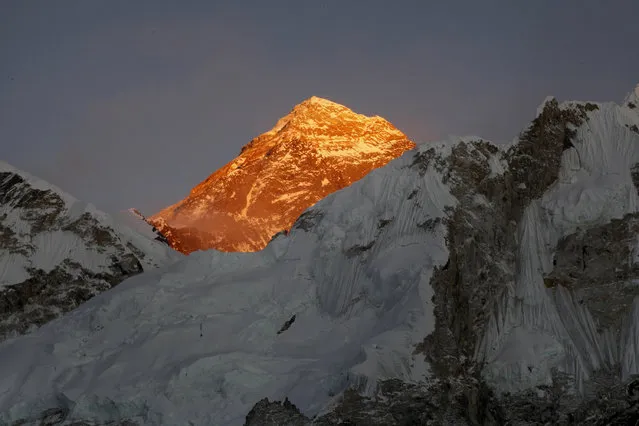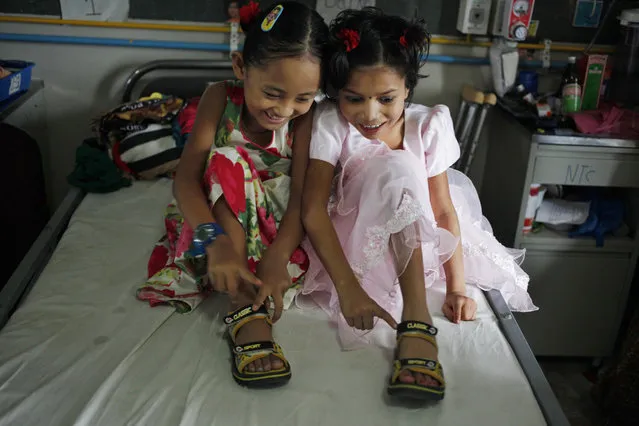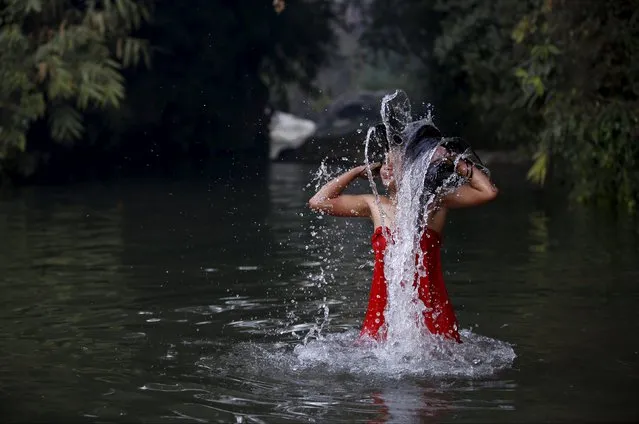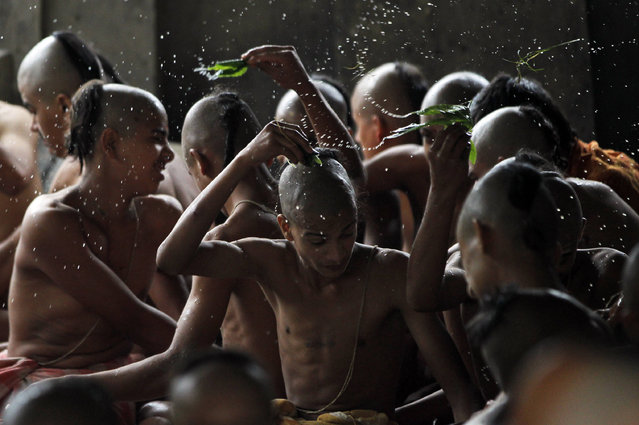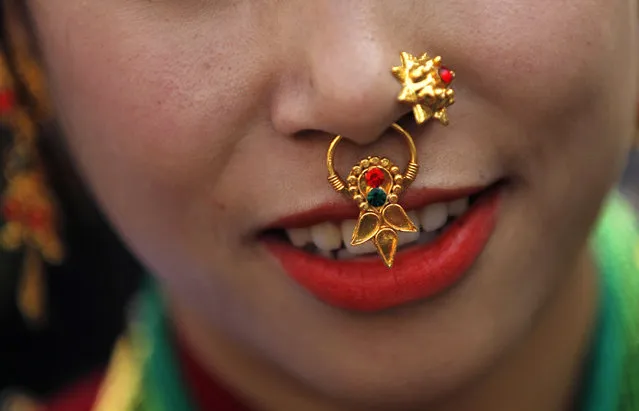
A Nepalese Gurung community woman, wearing traditional attire, prepares to participate in a parade to mark their New Year known as “Tamu Loshar” in Kathmandu, Nepal, Friday, December 30, 2016. The indigenous Gurungs, also known as Tamu, are celebrating the advent of the year of the bird. (Photo by Niranjan Shrestha/AP Photo)
31 Dec 2016 10:44:00,post received
0 comments

